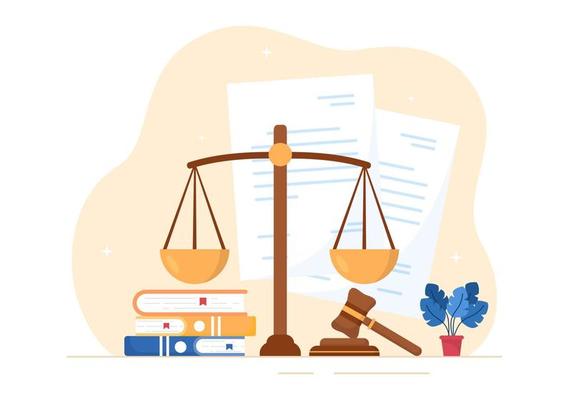What laws govern the use of deceptive patterns?
Laws
Many types of deceptive pattern (aka 'dark pattern') are already illegal in the EU and US, depending on the type and context of use.
Here’s a list of rules against deceptive dark patterns used in websites
Information Technology (Reasonable Security Practices and Procedures and Sensitive Personal Data or Information) Rules, 2011 - Requires body corporates in India to implement reasonable security practices for sensitive personal data or information, which could include measures against deceptive dark patterns.
Consumer Protection Act, 2019 - Provides for the protection of the interests of consumers and prevents unfair trade practices in India.
GDPR - Article 5 - Requires personal data to be processed lawfully, fairly, and transparently within the EU & UK.
California Consumer Privacy Act (CCPA) - Grants consumers rights regarding their personal information and aims to prevent deceptive practices by businesses in the USA.
Consumer Rights Act, 2015 - Covers various aspects of consumer transactions, including unfair contract terms and remedies for faulty goods in the EU & UK.
Australian Consumer Law (Schedule 2 of the Competition and Consumer Act 2010) - Contains general prohibitions against misleading or deceptive conduct in trade or commerce.
Federal Trade Commission Act - Section 5(a), 15 U.S.C. § 45(a) - Prohibits deceptive acts or practices that misrepresent or omit material facts in the USA.
Please note that while these rules can be applied to combat deceptive dark patterns, specific regulations may vary based on jurisdiction and the nature of the website’s operation.

Comments
Post a Comment